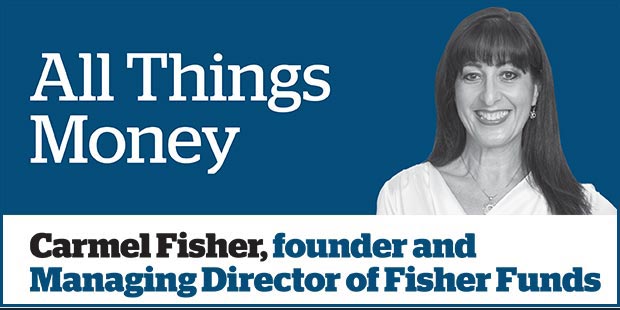Professional investors sometimes have an advantage because they can discover great businesses not well known to the public. But, in the retail sector, small investors can be better placed than professionals in picking winners.
There is merit in matching investment habits to shopping habits. Now the Christmas shopping frenzy is over, rather than lamenting the amount of money spent at your favourite stores, it may be worthwhile considering whether those favourite stores have the potential to become your favourite investments.
Over many decades, retail companies have often featured amongst top performing stocks around the world. Not consistently so, because we know there are definite cycles when consumers spend more than other times and more on certain products than others.
From time to time, investors have done very well by being customers and shareholders of companies such as Body Shop, Wal-Mart, Home Depot, The Gap, Harvey Norman, JB Hi Fi and Restaurant Brands. These are all household names; well, Restaurant Brands' individual businesses - Pizza Hut, KFC and Starbucks - are.
While we all like to think we are unique in our tastes and habits, the simple fact is there are some products a lot of us like. We are part of an international tribe of shoppers and, if our children and their friends prefer Lucky jeans over other brands, it's a safe assumption that teenagers elsewhere in the world feel the same way.
The most obvious sign of a successful retailer is a shop full of customers. Ideally, you want to see evidence of repeat customers because no retailer is going to be successful over time without customer loyalty.
The store should be well managed, with the appropriate amount of stock, attentive staff and competitive, but not necessarily discounted, pricing. A store that has to rely on sale prices to attract customers is unlikely to be a long term success.
One of the key differentiators between a good retailer and a great retailer is scalability. If you have seen a company enter new markets and grow its network of stores, you can have some confidence it has a winning formula.
In 1970, when American discount retailer Wal-Mart listed on the stock exchange, it had 38 stores, most in Arkansas. Five years later, Wal-Mart had 104 stores and its share price had quadrupled. By 1980, 10 years after listing, Wal-Mart had 276 stores and the share price was up nearly 20-fold.
However, an extensive number of stores is not the end-all and be-all. Pumpkin Patch was a good retail business in New Zealand and it became an even better retail business when it opened stores throughout Australia and then grew its Australian network to the point where more sales revenue came from Australia than from its home base in New Zealand.
However growth needs to be managed carefully. Growing too fast, or growing across lots of different geographies each with unique requirements, can be difficult to manage and costly, as arguably Pumpkin Patch have found to their detriment.
Even if your favourite retailer already has dozens of stores throughout Australasia, it doesn't mean you've missed the boat. It is fairly safe to assume that, if a retailer has built an extensive store network, they have done so in the knowledge that their products are a hit and customers like what they have to offer. As an investor, that's enough of a tick in the box to warrant investigating further.
Next time you go shopping at your favourite store, consider it through the eyes of an investor rather than a customer. Hanging out at the mall can be one of the most enjoyable and lucrative ways to complete investment research.

